The H-1B visa allows temporary employment for foreign nationals with an academic degree or equivalent and a corresponding US job offer. However, the H-1B work visa has many pitfalls and hurdles due to strict entry requirements and numerical limitations.
Visa category: Work visa
Target group: Highly qualified specialists and staff with an academic degree (at least a Bachelor's degree)
Validity: up to 3 years, extendable once for a further 3 years
Length of stay: up to 3 years per entry
Special features: limited to 85,000 visas per tax year, partial lottery procedure, complex application
The H-1B category is a traditional work visa for the U.S., but is reserved exclusively for highly skilled workers. The H-1B visa is applied for by specialized professionals such as engineers, scientists and architects who wish to work in the U.S. for a limited period of time.

On December 3, 2025, the US State Department announced a new review regulation:
Starting December 15, 2025, the DOS will extend the online presence review to all applicants for H-1B visas and their dependents (H-4 visas). This measure expands the previous practice, which already applies to applicants in the F-, M- and J non-immigration categories.
As part of the process and before the obligatory interview appointment in the US consulate, H-1B and H-4 applicants must set their social media profiles to “public” in advance to allow consular officials to review them. The aim of this expanded review is to filter out risks to national or public security in advance and avert dangers to US citizens.
The State Department emphasized that every visa application is a national security decision – and that “issuing a US visa is a privilege, not a right.”

The H-1B visa is company-bound, meaning that the official applicant (petitioner) is the US company for the future employee (beneficiary). A concrete job offer in the United States from a US employer is therefore an essential requirement. With the H-1B visa, the foreign national can only work for the US company that submitted the application. Non-profit organizations, government organizations, and educational institutions (e.g., US universities) can also act as petitioners.
The future H-1B position in the US for foreign employees must be "H-1B eligible," i.e., correspond to a specialty occupation.
US immigration law recognizes a position as a specialty occupation if it meets one of the following four criteria:
Thus, only individuals who have at least a US bachelor's degree or an equivalent academic degree obtained outside the United States are eligible for an H-1B visa. A combination of educational qualifications and work experience that is recognized as equivalent to a US bachelor's degree is also possible and can be verified in the United States by means of so-called Foreign Credential Evaluations or Work Experience Evaluations.

The minimum requirement for an "H-1B eligible" job offer in the US is therefore that the position typically requires a US bachelor's degree or equivalent in the relevant field of work.
This includes highly qualified employees in the following professional fields, among others:
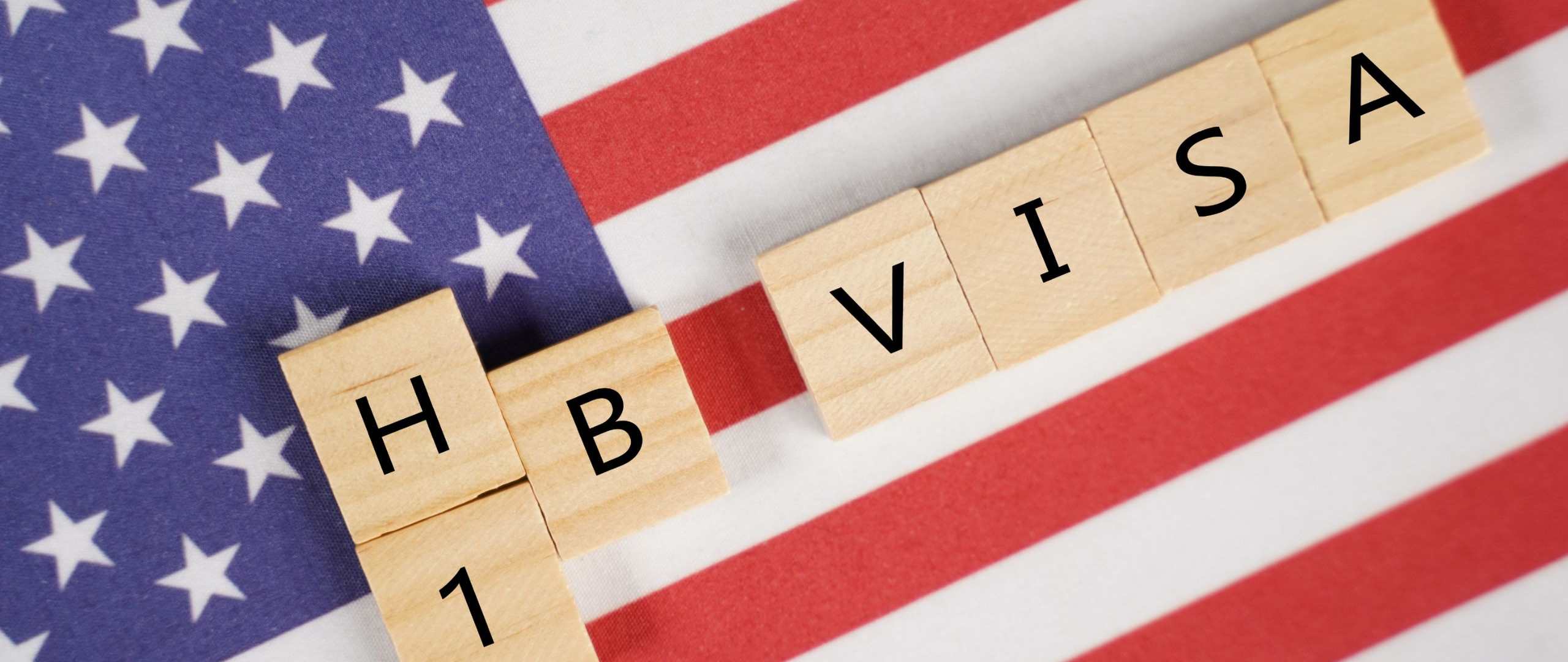
With an H-1B visa, foreign nationals are officially granted permission to travel to the USA for up to three years, which theoretically allows them to work and live in the USA for several years. However, the actual length of stay is determined individually by the US immigration authorities when applying for the visa and possible extensions. An extension of H-1B status is done by filing an application with the US Citizenship and Immigration Services (USCIS).
US travelers must leave the United States no later than the last day of their authorized stay in order to avoid the risk of an illegal stay (overstay). However, under certain conditions, such as an ongoing green card process, it is possible to further extend or change the stay.
As a rule, the H-1B visa is issued for a period of three years. This duration of stay can be extended by a further three years under certain conditions, so that a maximum total duration of stay of six years is possible.
The maximum duration of stay of six years may only be exceeded if a residence perm Employment-related Green Card was applied for by the US company (= AC-21 rule) in good time.
The expiration date can be found on the visa in the passport. The H-1B visa is valid until this date expires. After this date, the H-1B visa can be reapplied for through consular channels if required.
The H-1B visa category is limited in number and is subject to a quota system, known as the H-1B cap, which applies for one US tax year at a time. The US tax year or Fiscal Year, or FY, describes the period between October 1 of one year and September 30 of the following year.
A total of only 85,000 H-1B visas are available per fiscal year. While many well-known companies in the US, such as Microsoft and Google, have been advocating an expansion of the H-1B program for years, the US authorities and some US associations remain critical of this movement.
The number of H-1B visas is distributed among two H-1B quotas:
| CAP TYPE | CAP AMOUNT |
| H-1B Regular Cap | 65,000 |
| H-1B Master's Exemption | 20,000 |
Per US fiscal year, 65,000 H-1B visas can be obtained in the H-1B Regular Cap be issued to persons who have a US bachelor's degree or higher (earned at an American university) or its equivalent (earned abroad).
Within this quota, however, 6,800 H-1B visas are still reserved for potential applicants from Singapore and Chile.
In addition, an H-1B Master's Exemption Cap with an additional 20,000 visas per US fiscal year is available for individuals with a US master's degree or higher (earned at an American university). Comparable degrees obtained abroad are not valid.
Note: Not all master's degrees from US educational institutions automatically qualify for the H-1B master's cap. To the US universities resp. US Colleges two conditions are imposed:
If either of these criteria is not met, the applicant does not qualify for the H-1B Master's Cap and the application would be denied. A thorough review in advance is mandatory, as the applicant could qualify for the regular H-1B cap (and thus would have to file the H-1B petition for the regular cap).
This year's H-1B cap round for the US fiscal year 2026 (FY 2026) started on March 7, 2025 with the electronic registration introduced a few years ago. From this date up to and including March 24, 2025, potential H-1B employers were able to register on the USCIS online portal.
The fee is 215 $ per registration. Since FY 2025, the beneficiary-centric selection process has been used.
The USCIS has already announced that it has received enough electronic registrations to reach the H-1B cap. Sufficient beneficiaries have been randomly selected and notified from among the properly filed H-1B registrations.
The selected applicants are eligible to file an H-1B petition with USCIS within 90 days since April 1, 2025, i.e. by June 30, 2025, with a start date of October 1, 2025 (= earliest employment start date).
Prerequisite: The H-1B petition is based on a valid, randomly selected pre-registration and is filed for the person named in the selected registration (= beneficiary).
The popularity of the H-1B visa for highly skilled workers is unbroken. For many years now, the number of potential H-1B applicants has regularly exceeded the available H-1B quota. The USCIS therefore often use a random selection process to determine which applicants can be considered.
Since fiscal year 2021, US companies wishing to obtain H-1B visas for foreign personnel must register online during a specified window in the spring. If the U.S. Citizenship and Immigration Services receive more potential H-1B requests during this period than are available per the H-1B quota, a lottery process takes place.
Only for these selected individuals can companies then file an H-1B petition with the USCIS in a 90-day window beginning April 1 of a given year for the earliest start date of October 1 of the same year.
Prior to the introduction of the H-1B registration process in 2020, several hundred thousand H-1B petitions were regularly received by the US immigration authority USCIS within a very short period of time from the former filing deadline of April 1. The USCIS then imposed an admission stop for the corresponding fiscal year and selected from the H-1B petitions received up to that date those that could be admitted for further processing. All other H-1B applications were returned unprocessed.
If the quota for the current fiscal year in the USA is exhausted, you must switch to other categories (e.g. E-1 / E-2 visas or L visas), subject of course to verification of the respective entry requirements.
Not all H-1B petitions are affected by the quota system with the numerical limitation. The following H-1B petitions can always be filed with the US immigration authoritiy USCIS, i.e. they are cap exempt:

The visa fee for the H-1B visa is 184.50 € (205 $) per applicant. This general application fee of the US consulates or US embassies must be paid by all applicants and is neither refundable nor transferable to other persons.
Payment of the processing fee can be made by online bank transfer, online payment by debit card or cash payment at a bank. As a rule, this fee can be used to make an appointment within one year of the payment date.
Additionally, applicants must take into account the H-1B Registration Process Fee of 215 $ as well as considerable application fees for the work authorization procedure with the USCIS. These vary depending on the US company and the individual circumstances of the petition.
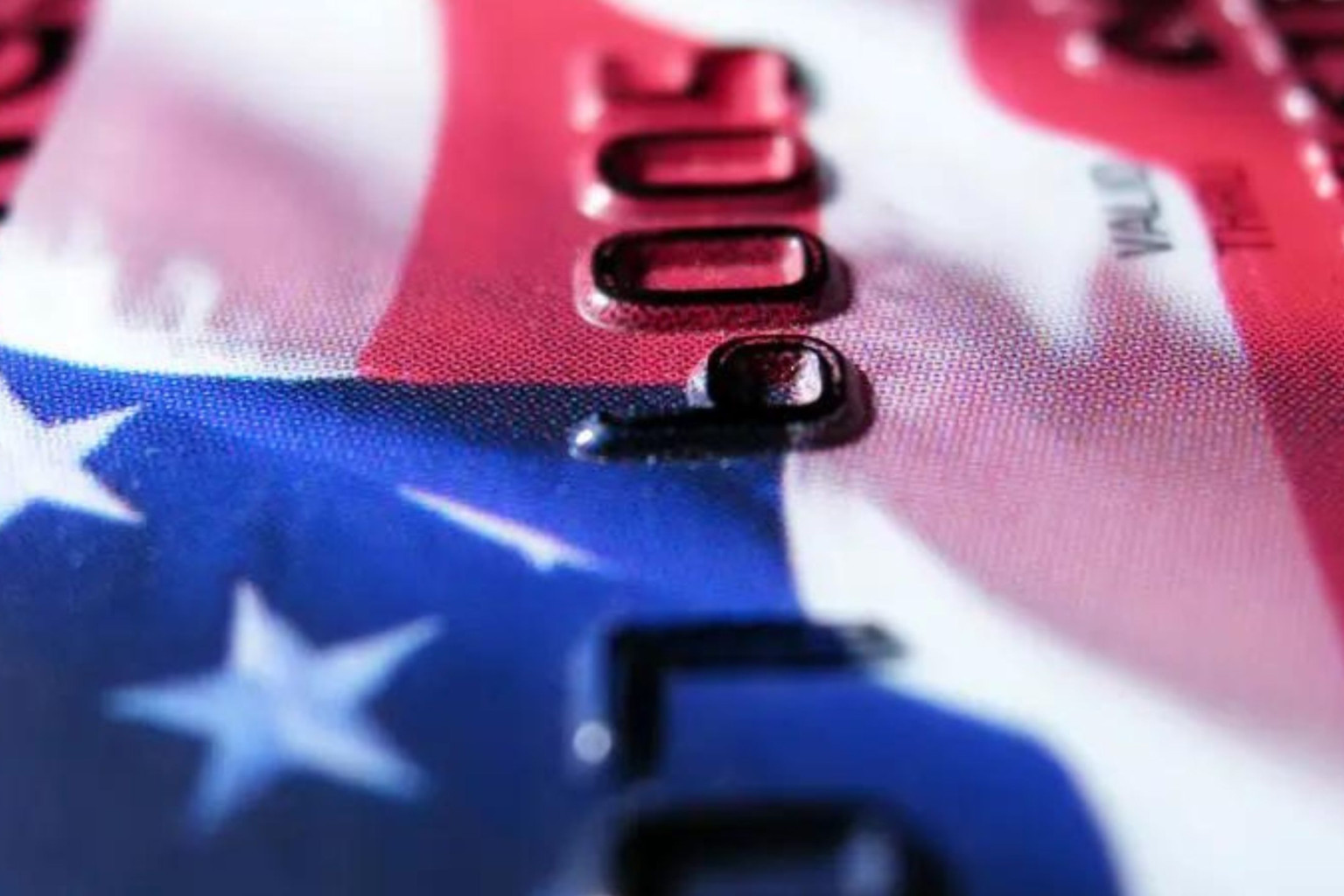
In addition, certain H-1B applicants may incur additional costs:
Further information about the different visa fees, other possible costs and the current payment methods can be found on our fees page.
On September 19, 2025, President Donald J. Trump issued the proclamation "Restriction on Entry of Certain Nonimmigrant Workers" signed.
The proclamation provides that an additional fee of $100,000 will be assessed for all new H-1B petitions filed with USCIS on or after September 21, 2025 at 0:01 a.m. (EDT). (EDT).
Affected are:
Not affected are:
This means that the initial uncertainty has not been confirmed: Many companies had imposed travel bans on H-1B personnel as a precautionary measure or tried to bring affected employees back to the USA as quickly as possible. It is now clear that existing H-1B holders are not affected and can continue to travel without restriction.
It is envisaged that applications in the "national interest" can be exempted from the fee. This could include, in particular, specialists in the medical field (e.g. doctors, nursing staff). However, details on criteria and procedures are still pending.
Important: The new fee applies exclusively to H-1B petitions. There are currently no indications that comparable fees are to be introduced for other work visas. An extension to other categories is not to be expected at present.
Although the regulation has been in force since September 21, 2025, in practice it mainly affects the next round of H-1B applications in March 2026. Companies should check at an early stage which candidates are affected by the fee and whether possible exemptions can apply. Or whether alternatives (such as L-1, O-1 or e-visas) can be used.
The H-1B visa application process is divided into what is generally a four-step process with different official responsibilities.
In 2024 the USCIS has introduced online filing for I-129 / I-907 application procedures for H-1B petitions whose H-1B registrations have been selected.
This means that the entire process can be handled online via a USCIS account. In this context, the US immigration authority USCIS has introduced so-called Organizational Accounts, which enable several employees within an organization and authorized representatives (e.g. attorneys) to work together. These USCIS online accounts are already set up and used for the H-1B registration process.
Filing by mail will still be possible and will now be done via the USCIS Lockboxes (and only then distributed to the respective USCIS Service Centers).
The H-1B visa is a complex and time-consuming application procedure. The entire application process takes several months. The processing times are roughly as follows:
The H-1B visa contains a variety of information that identifies the visa holder and defines his or her rights and restrictions while in the United States.
It is crucial that you review this information carefully and ensure that it meets the requirements of your planned stay in the USA.
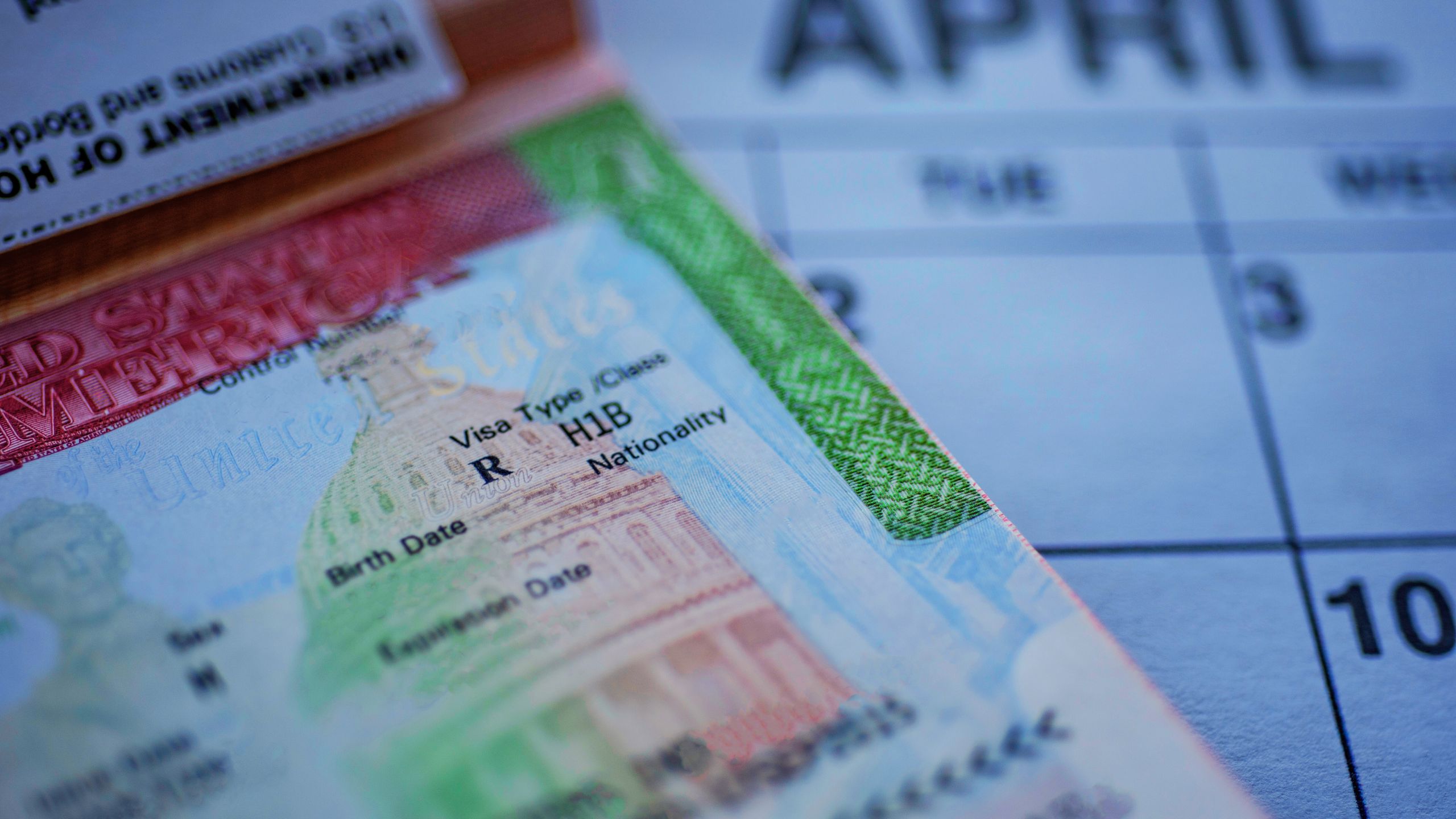
Here are some of the dates and details that can be found on a US visa:
We advise you on the choice of the appropriate visa category and take over the complete processing for you or your company.
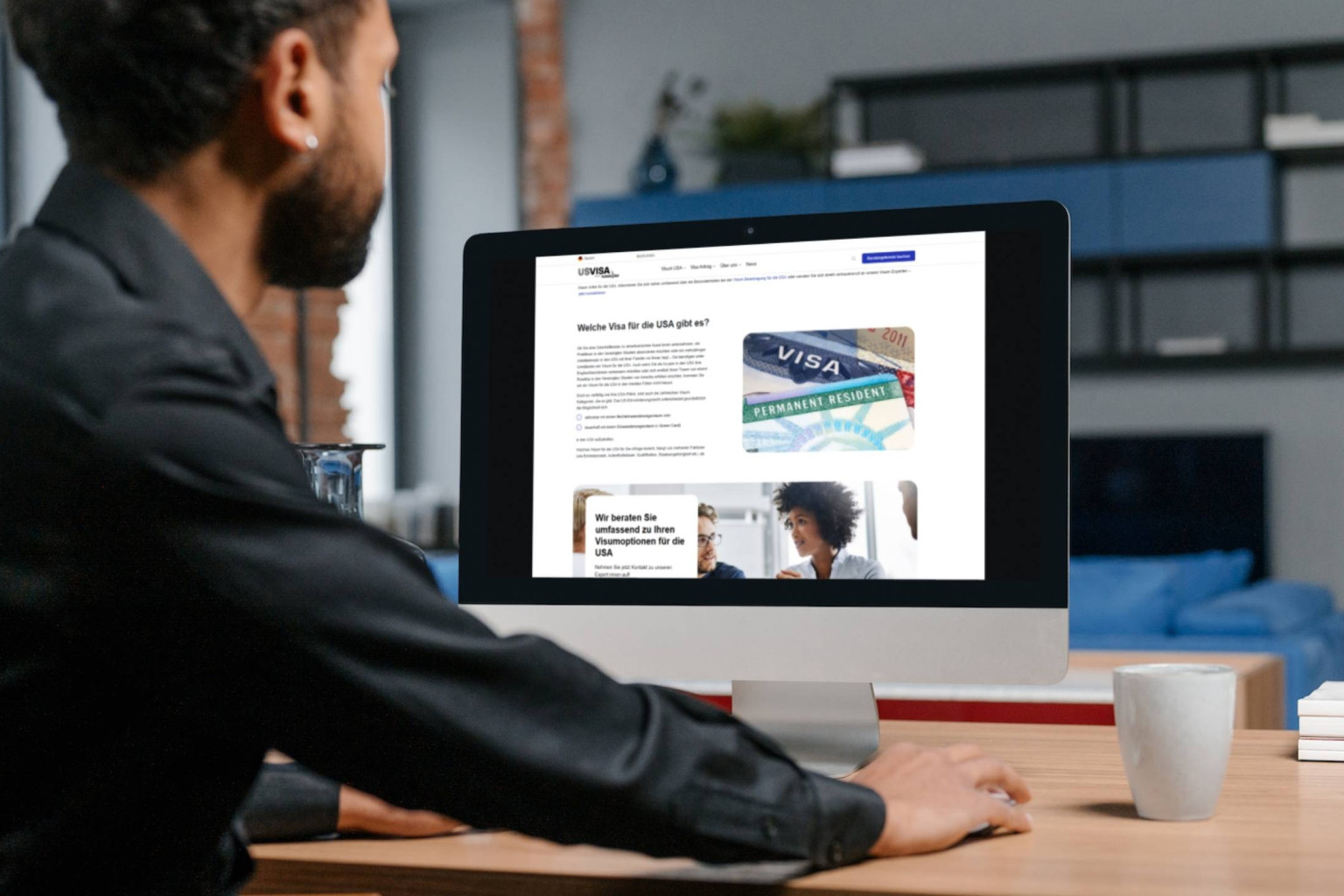
Many applicants assume that they are guaranteed entry to the USA with an approved H-1B visa. However, an H-1B visa in the passport does not automatically guarantee the entering the United States. From a legal point of view, a visa for the USA, even with an approved H-1B visa in their passport, is therefor no guarantee for an entry into the United States. A valid H-1B visa only allows you to apply for entry into the United States at the border crossing (e.g. airport).
The decision on entry is generally made by the border officials who check the visa upon entry. The U.S. Customs and Border Protection officers have the final say and decide whether you are allowed to enter the country and if so, for how long, i.e. for how long you will be granted residence status. This also means that you may be refused entry.
If you have received an entry permit, it is advisable to go online to the I-94 form or check the entry stamp in your passport to see how long you are legally allowed to stay in the USA.
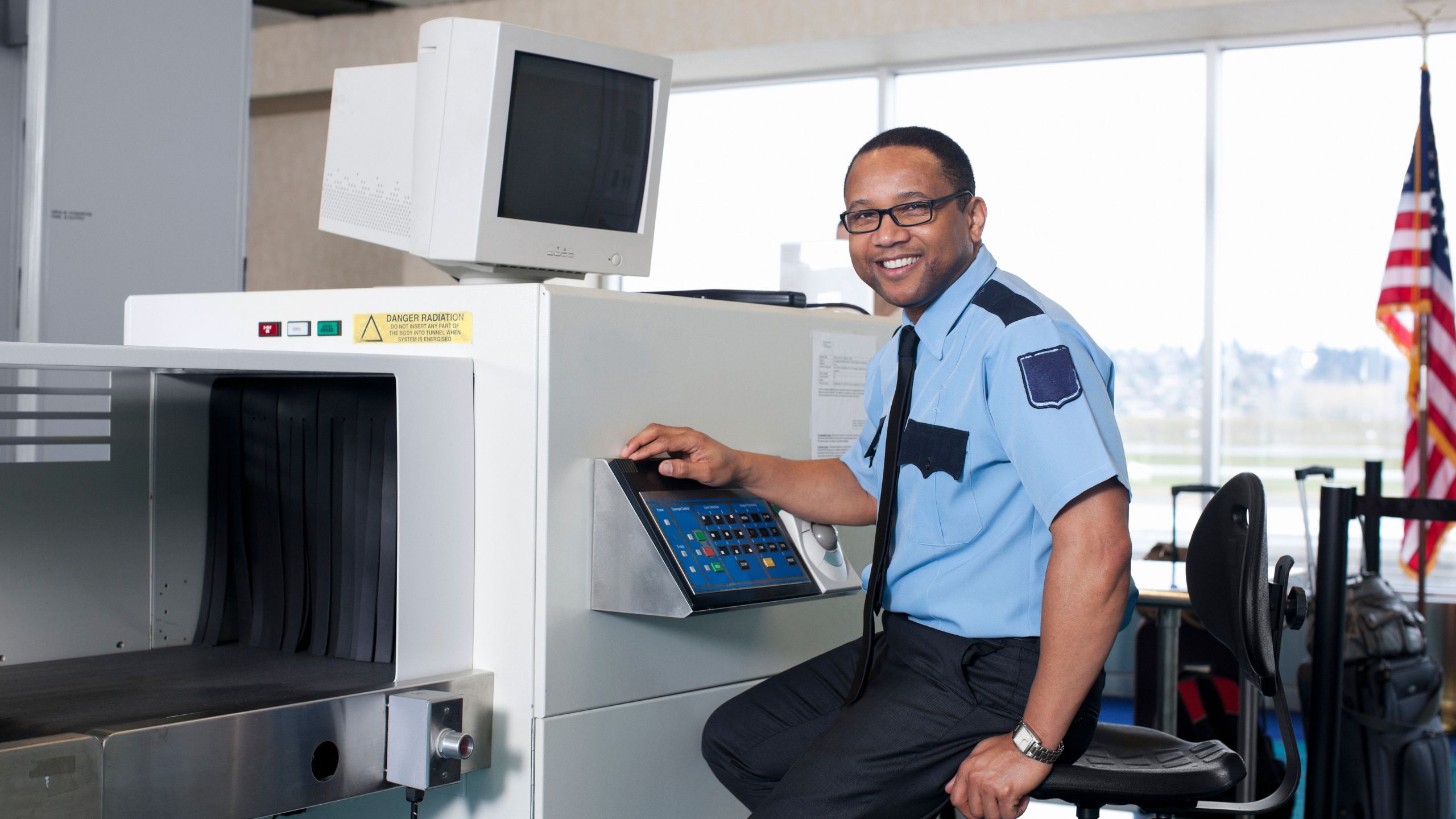
By the way: With Global Entry, certain biometrically registered and security-checked travelers can complete entry formalities independently and automatically at almost all major US airports. This allows foreign nationals to avoid long waiting times and enter the USA more quickly.
The H-1B skilled worker visa offers a number of benefits to both US companies and foreign workers.
The Office of Foreign Labor Certification (OFLC) publishes annual statistics with background information on H-1B petitions received and processed and publishes the top US states, fields of activity and largest US employers for H-1B, H-1B1 and E-3 Temporary Specialty Occupations programs.
You can find the complete statistics on the Website of the U.S. Department of Labor.
There is no blanket solution for individuals whose H-1B application could not be considered by USCIS or was not approved.
Whether and, if so, which other US work visa category could serve as a "substitute" must be clarified on a case-by-case basis.
In some cases, for example, applying for an L-1 visa or O-1 visa may be considered for you.

Spouses and unmarried children under the age of 21 can apply for a derived H-4 visa for the same period as the main applicant. If the children reach the American age of majority (21 years), they must change their non-immigration status or leave the country.
Spouses and children can visit private and public educational institutions with the H-4 visa, but are not allowed to apply for a work permit (Employment Authorization Document, EAD) with an H-4 visa. It is therefore generally not permitted to take up work, not even for children.
Applying for an EAD is possible in exceptional cases if the spouses (with H-1B status) are already in ongoing I-140 or adjustment of status proceedings for immigration (Green Card procedure) under certain access conditions.
Persons who are already in the United States may be able to change their status to the H-1B category without having to leave the country. However, the prerequisite is that the person
Please note that people with a certain residence status are often not allowed to apply for a change of status, or only in exceptional cases. It is therefore particularly important to seek professional advice before applying.
Important: A clear distinction must be made between a change of status and obtaining a US visa. A successful change of status only means that you have a valid residence status for the United States. However, a change of status is not a visa for the USA! If you leave the United States and re-enter the country without a valid visa, you will be refused entry. This is because the U.S. Citizenship and Immigration Services (USCIS) only approves the change of status to H-1B and does not issue an independent H-1B visa. Only the US consulates abroad are responsible for issuing US visas. If you wish to leave and re-enter the US after a change of status, you must have a valid H-1B visa. As a rule, you must apply for this visa at the US consulate in your home country. However, it is also possible to apply for a US visa in Mexico or Canada at the US consulates there.
Many companies wonder what happens to the company-bound H-1B work visa when visa holders are no longer working for the company.
If the visa holder is dissmissed or resigns, the work visa for the USA automatically loses its validity. The derived H-4 visas of any accompanying family members also lose their validity upon termination of the employment relationship, as these are linked to the visa of the main applicant.
This means that former visa holders may no longer enter the country on an H-1B visa once their employment relationship has ended, even if the work visa is theoretically still valid. If affected visa holders wish to travel to the United States for tourism or business in the future, they must reapply for an ESTA authorization or a corresponding visa, depending on the purpose or depending on what activities are carried out there and for how long.
Practical tip: In order to avoid discrepancies or problems with subsequent entries after the visa has been terminated, it is advisable to inform the US consulate about the new work situation. For this purpose, it is sufficient if the responsible company representative (e.g. HR manager, supervisor, board member, etc.) sends an e-mail to the responsible consulate with the request to invalidate the visa of the former employee. If possible, a copy of the visa should be attached. The consulate will then make a corresponding note in the system so that the US officers at the US border are also aware of this.
In some cases, visa holders are even contacted directly by the US consulate with the request to send in the visa so that it can be invalidated. In other cases, the H-1B visa is simply invalidated by the border officer the next time you enter the United States.
Our recommendation: Companies can protect themselves by sending a brief notification to the relevant US consulate and, above all, be sure that entry with the previously valid work visa is no longer possible. Do not take any risks and prevent possible abuse with the company-bound H-1B visa.
Global Entry can be used with almost all US visas and even ESTA authorization. If you have an H-1B visa, you can apply for Global Entry membership and enter the US faster.
(Holders of H-1C, H-2A, H-2B, H-2R and H-3 visas are excluded from Global Entry).
Wir und unsere Partner nutzen Cookies, um personenbezogene Daten wie z.B. Browsing-Daten zu speichern und abzurufen, um z.B. Inhalte und Werbung bereitzustellen und zu personalisieren sowie die Verwendung der Website zu analysieren und das Benutzererlebnis zu verbessern. Sie erfahren mehr über die Zwecke, für welche wir und unsere Partner Cookies einsetzen, wenn Sie unten auf den Button „Cookie Einstellungen“ klicken. Hier können sämtliche Einstellungen auch geändert werden. Nachträglich kann man jederzeit seine Cookie-Auswahl überdenken oder seine Einwilligung widerrufen, indem man auf den Link zu den Cookie-Einstellungen im Footer unserer Webseite klickt. Beachten Sie bitte, dass das Blockieren einiger Cookie-Typen unsere Möglichkeiten zur Bereitstellung von auf Ihre Interessen zugeschnittenen Inhalten haben kann oder einige Funktionen der Webseite nur eingeschränkt zur Verfügung stehen.
Durch klicken auf “Alle Cookies akzeptieren” stimmen Sie unserer Nutzung und der Weitergabe Ihrer Daten an unsere Partner zu.